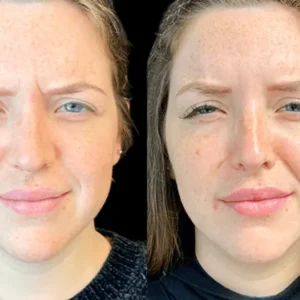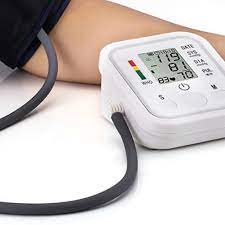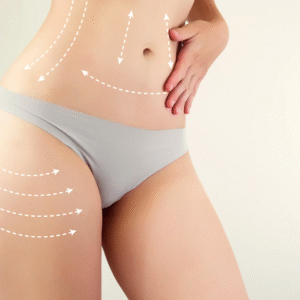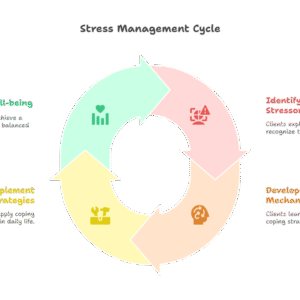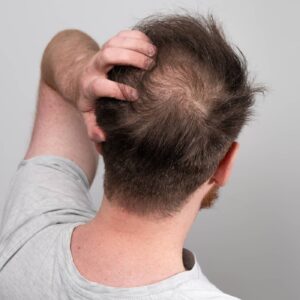When it comes to non-invasive cosmetic treatments, cryotherapy has emerged as a highly effective option for mole removal. This innovative technique uses extreme cold to freeze and eliminate unwanted skin growths without the need for surgical intervention. Cryotherapy has gained popularity due to its precision, minimal downtime, and quick results, making it a preferred choice for many individuals seeking to improve their skin’s appearance. Among the many methods offered today, Mole Removal Treatments Dubai often include cryotherapy as a go-to solution for those who want fast, safe, and scar-minimized results.
What Is Cryotherapy?
Cryotherapy is a dermatological procedure that involves the application of extreme cold to destroy abnormal or unwanted skin tissues. It is most commonly performed using liquid nitrogen, which has a boiling point of -196°C (-321°F). The freezing temperatures cause the water inside the skin cells to crystallize, which damages the cell membrane and leads to the eventual destruction of the mole.
How Cryotherapy Works for Mole Removal?
Cryotherapy works by targeting the mole with a controlled spray or cotton-tipped applicator soaked in liquid nitrogen. This causes the tissue to freeze rapidly, disrupting cellular structure. As the cells are destroyed, the mole tissue dries out and eventually falls off, allowing healthy skin to regenerate in its place.
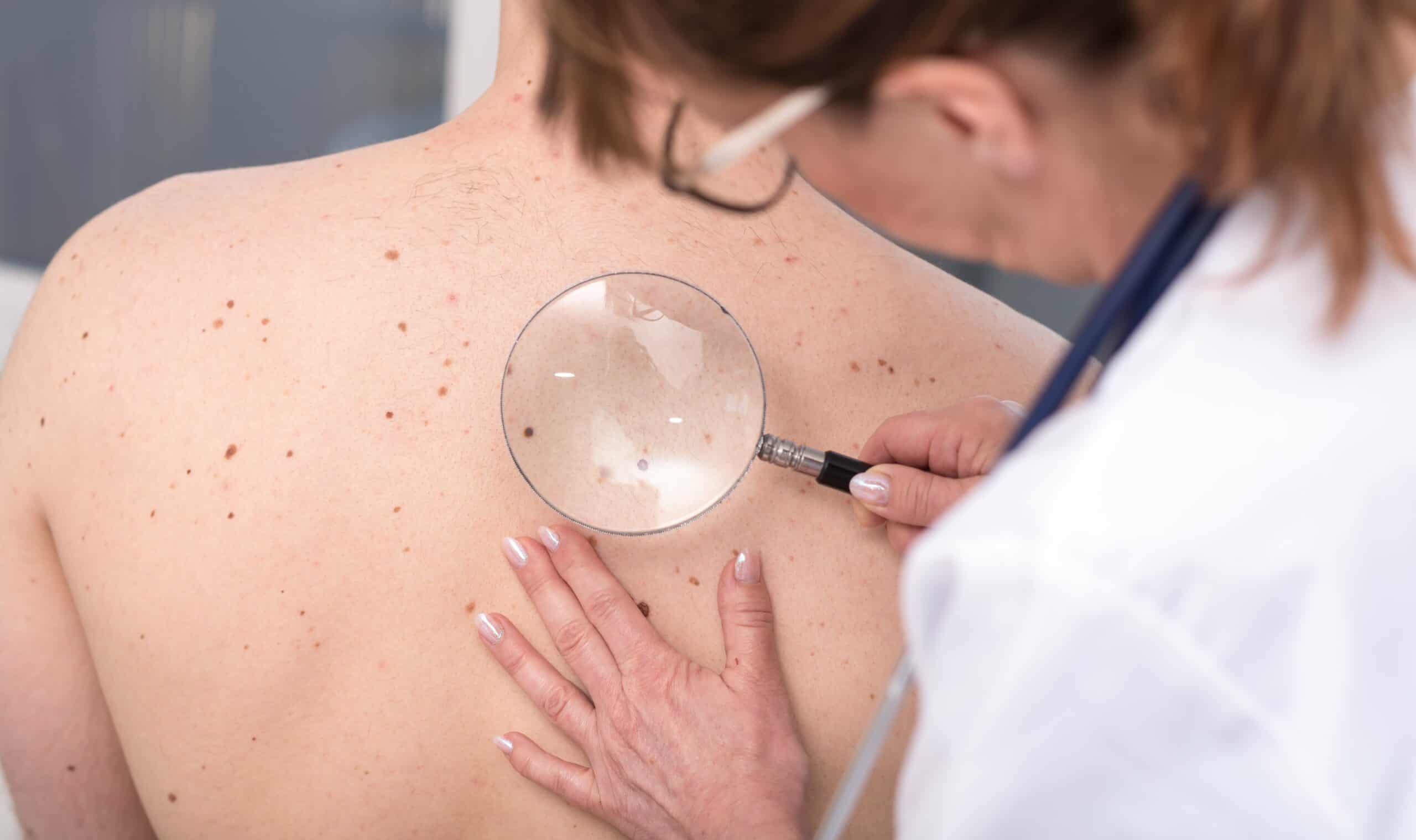
Mechanism of Action
| Stage | What Happens |
|---|---|
| Freezing | Liquid nitrogen is applied to the mole, causing rapid freezing. |
| Cell Damage | Ice crystals form inside cells, rupturing cell membranes. |
| Inflammation | The body responds with localized inflammation, helping remove dead tissue. |
| Healing | New skin begins to form beneath the treated area. The mole scabs and falls off. |
Types of Moles Treated with Cryotherapy
Not all moles are suitable for cryotherapy. It is typically used on benign (non-cancerous) moles. A proper diagnosis is essential before any treatment begins.
| Mole Type | Cryotherapy Suitable? |
|---|---|
| Junctional Moles | Sometimes |
| Compound Moles | Often |
| Intradermal Moles | Often |
| Atypical/Dysplastic Moles | No (needs biopsy first) |
| Cancerous Moles (e.g., Melanoma) | No (surgical removal required) |
Cryotherapy Mole Removal: Step-by-Step Treatment Process
Here’s how a typical cryotherapy treatment session is performed:
Initial Assessment
The specialist will examine the mole to determine whether it is benign and suitable for cryotherapy. In some cases, a biopsy may be performed prior to treatment.
Preparation of the Skin
The treatment area is cleaned and prepped. Topical numbing cream may be applied if needed, although cryotherapy is usually well-tolerated.
Application of Liquid Nitrogen
Using a spray or a cotton swab, the practitioner applies liquid nitrogen directly to the mole for a few seconds to a minute. You may feel a cold, stinging sensation.
Observation Period
After the freezing, the mole and surrounding skin may appear white or frosted. Redness and mild swelling may follow.
Healing Process
A blister may form, followed by scabbing. Over 1–2 weeks, the mole will gradually dry out and fall off.
Follow-Up
If the mole does not completely fall off after one session, a second session may be recommended.
Benefits of Cryotherapy for Mole Removal
| Benefits | Details |
|---|---|
| Non-invasive | No cutting or sutures involved |
| Quick Procedure | Usually done in under 10 minutes |
| Minimal Downtime | Most patients return to daily activities the same day |
| Low Risk of Scarring | Especially when compared to surgical options |
| Cost-Effective | In general, more affordable than excision or laser |
| Can Be Repeated | Additional sessions are possible if needed |
What to Expect After Cryotherapy?
After the session, the treated area might go through a few changes as part of the natural healing process:
-
Redness and swelling for the first few days
-
Blistering within 24 hours
-
Scab formation within a week
-
Full skin regeneration within 2–4 weeks
Comparison: Cryotherapy vs. Other Mole Removal Methods
| Method | Invasiveness | Recovery Time | Scarring Risk | Ideal For |
|---|---|---|---|---|
| Cryotherapy | Non-invasive | 1–2 weeks | Low | Benign moles |
| Laser Removal | Minimally invasive | 1–2 weeks | Low | Flat or pigmented moles |
| Surgical Excision | Invasive | 2–4 weeks | Moderate to high | Large, suspicious, or deep moles |
| Shave Removal | Minimally invasive | 1–2 weeks | Moderate | Raised moles |
FAQ’s:
Is cryotherapy painful?
Most people experience a mild stinging or cold sensation during the procedure. This typically subsides quickly.
How many sessions are needed?
In many cases, one session is enough. However, some moles may require a follow-up treatment to achieve complete removal.
Can cryotherapy leave scars?
Scarring is minimal compared to surgical methods, especially when aftercare instructions are followed properly.
Are there any side effects?
Possible side effects include redness, blistering, and mild swelling. These usually resolve on their own within days.
Is it safe for all skin types?
Cryotherapy is generally safe for most skin types but may cause temporary changes in pigmentation, especially in darker skin tones.
Can I return to work the same day?
Yes, most individuals can resume normal activities immediately after the procedure.
Is it suitable for facial moles?
Yes, cryotherapy can be used on facial moles, though precision is essential. Discuss with your specialist for optimal results.
What if the mole grows back?
Some moles may partially regenerate. A repeat session or alternative treatment may be needed for complete removal.
Final Thoughts
Cryotherapy is a fast, effective, and relatively painless method for removing unwanted moles, especially when they are benign. It eliminates the need for scalpels and stitches, offering a modern solution with minimal downtime and scarring. Whether you’re dealing with cosmetic concerns or simply want a cleaner skin surface, cryotherapy provides a reliable approach to mole removal.
